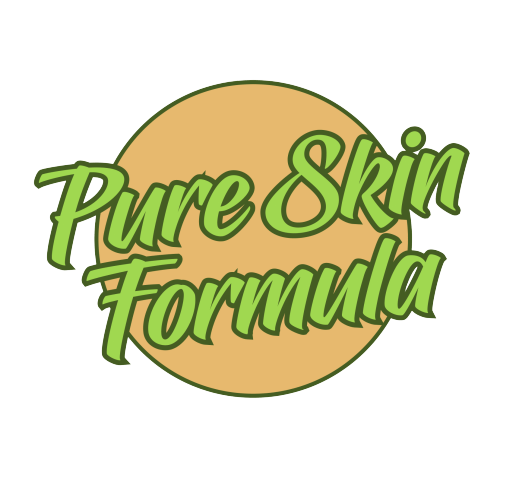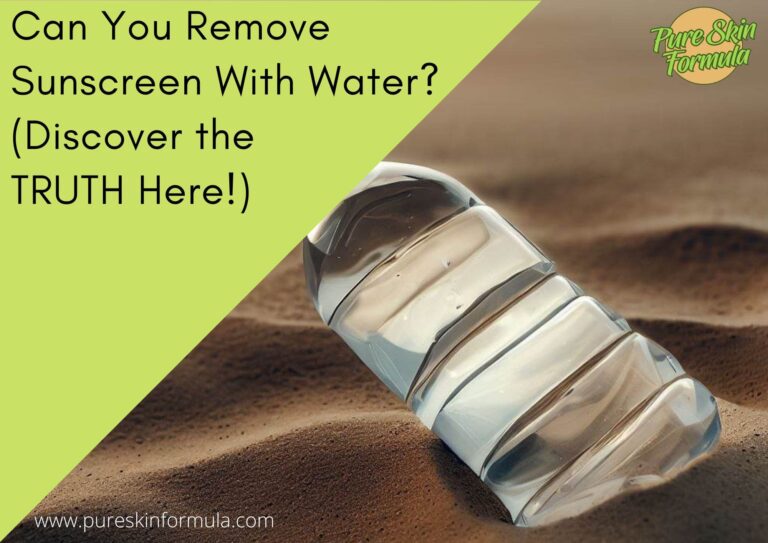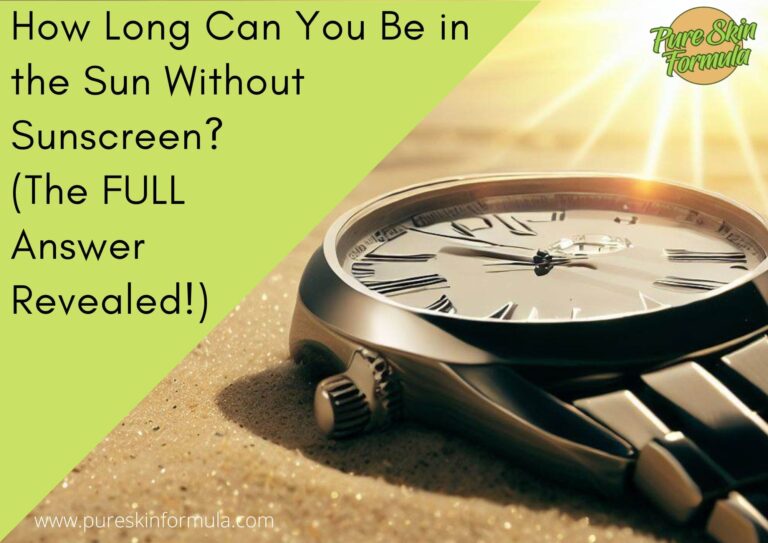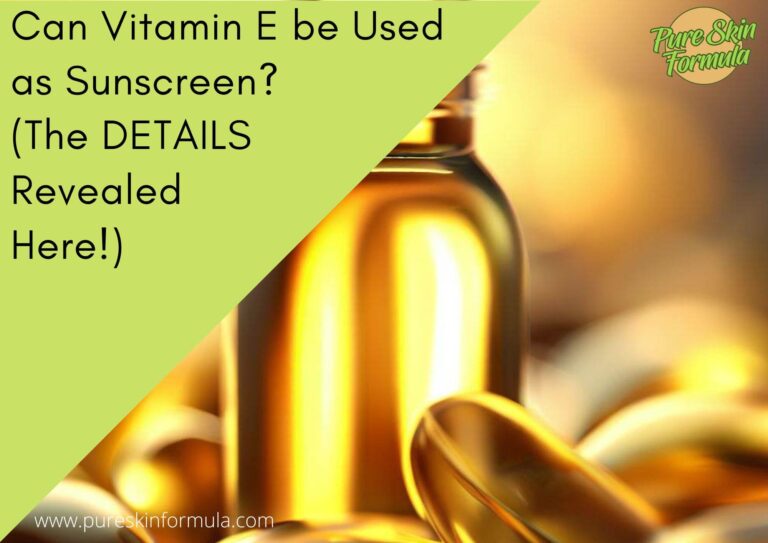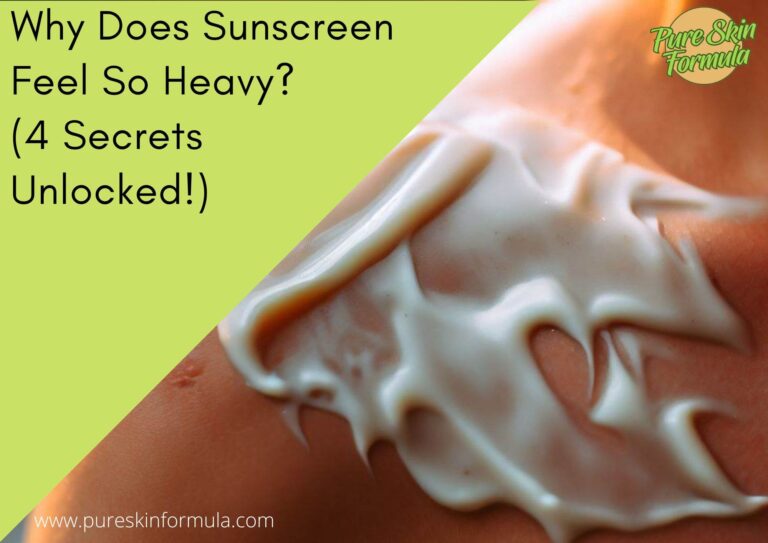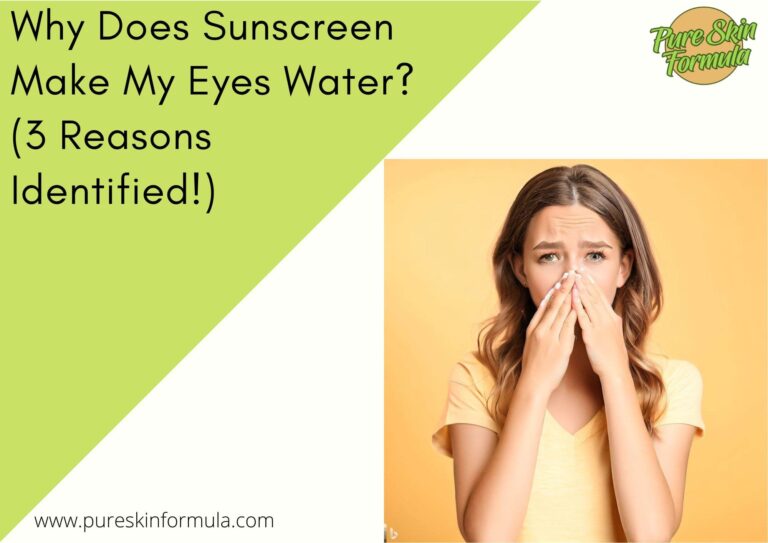In a world of DIY hacks and unconventional remedies, the question lingers: can Vaseline replace sunscreen? As the sun’s radiant embrace beckons and the call of adventure grows louder, reaching into your trusty jar of Vaseline might seem oddly enticing.
In this journey, we’ll delve into the intricacies of Vaseline’s protective potential, peel back the layers of myths and realities, and shed light on the sun’s prowess and skin’s vulnerability. Let’s embark on an odyssey of discovery to decipher if this humble jar of Vaseline can stand against the sun’s dazzling might.
Can Vaseline be used as sunscreen?
No, Vaseline (petroleum jelly) should not be used as a replacement for sunscreen. While Vaseline can create a barrier on the skin’s surface and offer some level of occlusion, it lacks the essential UV-blocking properties that dedicated sunscreens provide.
They contain specific ingredients designed to absorb, scatter, or reflect harmful UV radiation, effectively preventing sunburn and reducing the risk of skin damage and skin cancer. Vaseline does not offer the same level of protection against UVA and UVB rays. You should use approved and tested sunscreens for adequate sun protection.
Let’s elaborate on this.
What is the role of sunscreen?
At its core, sunscreen’s mission is crystal clear: it’s here to guard your skin against the relentless assault of UV radiation. Think of UV rays as little mischief-makers with the potential to wreak havoc on your skin cells.
Sunscreen comes to the rescue by forming a protective barrier that either absorbs, reflects, or scatters those harmful rays away from your skin, preventing them from causing damage.
Sunscreen becomes even more of a superhero when you consider the different types of UV rays it battles, UVA and UVB. UVA rays are stealthy infiltrators, capable of prematurely aging your skin and causing long-term damage like wrinkles and age spots.
On the other hand, UVB rays are the notorious sunburn culprits responsible for that unpleasant lobster-red glow. Both types of rays have villainous agendas, and sunscreen stands firm against them.
Understanding Vaseline: Your skin’s best-kept secret
Vaseline, scientifically known as petroleum jelly, is a silky-smooth, semi-solid substance derived from – you guessed it – good ol’ petroleum. But don’t let its origin fool you; this stuff isn’t just for engines. It’s been a skincare savior for eons, treasured for its soothing and protective properties.
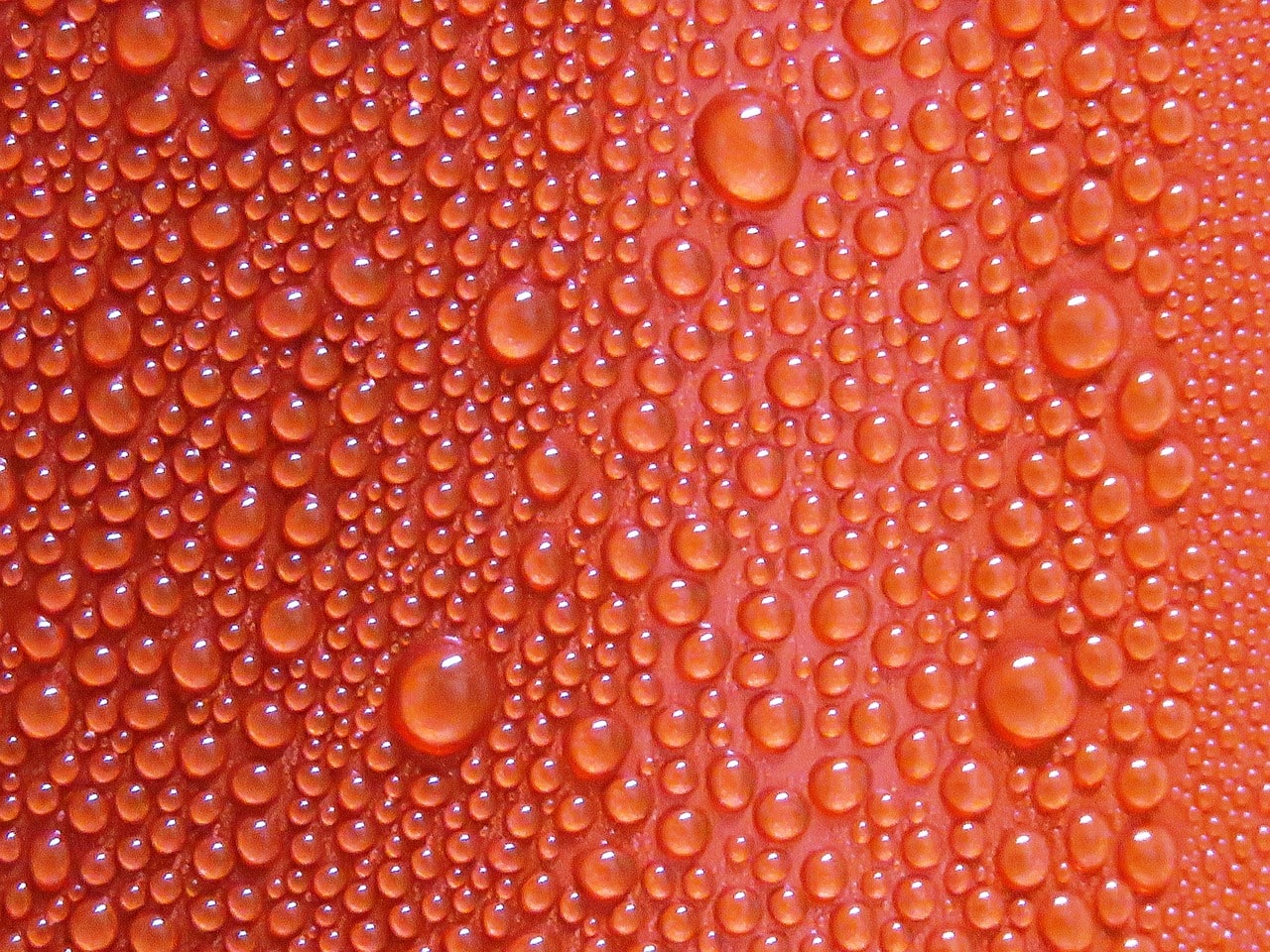
Now, here’s where the magic unfolds. Vaseline isn’t a moisturizer in the traditional sense; it’s more like a moisture lock master. It’s all about the occlusion game. Picture this: your skin has its moisture but is prone to losing it to the environment.
Vaseline swoops in with its occlusive prowess, creating a barrier that seals in that precious hydration. It’s like giving your skin a cozy blanket that keeps it snug and moisturized.
But wait, there’s more! Vaseline isn’t just about hydrating parched skin. It’s also your trusty sidekick when life throws minor cuts, burns, or scrapes your way. Its protective seal helps shield these minor wounds from dirt and germs, giving your skin a chance to heal without interference.
It’s like a guardian angel for those everyday mishaps.
Vaseline’s gentle touch extends to baby skin too. It’s a favorite among parents for creating a protective barrier on babies’ delicate bottoms, guarding against diaper rash and chafing.
Vaseline as sunscreen: unraveling the myth
Believe it or not, there’s a glimmer of logic behind the idea. Vaseline’s knack for creating a protective layer on the skin has sparked the belief that it could block the sun’s rays. After all, if it can seal in moisture, could it also lock out UV radiation?
In a world where every penny counts, swapping sunscreen for something already on your shelf is tempting. Vaseline’s affordability and widespread availability give it a competitive edge. Who wouldn’t want a budget-friendly hack that seems to tick all the boxes?
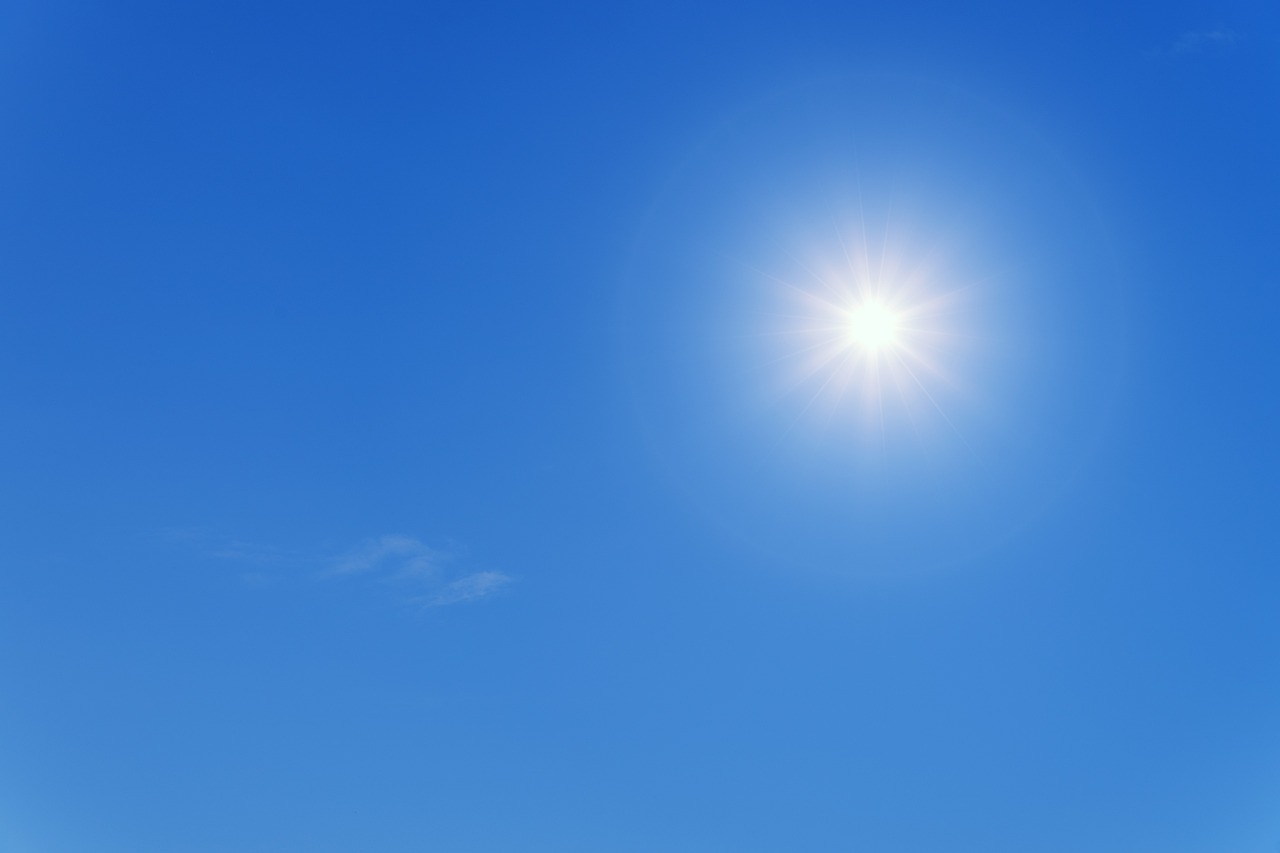
Does Vaseline offer some UV protection?
Vaseline does offer a smidge of UV protection. It’s like putting on a pair of sunglasses when the sun’s glaring, but it’s not a bulletproof shield. While it can create a barrier, it doesn’t contain the UV-specific filters that specialized sunscreens boast.
Studies have set out to gauge Vaseline’s UV-blocking prowess. Vaseline does provide a degree of protection against specific wavelengths of UV radiation. However, here’s the kicker – it’s inconsistent and doesn’t offer the broad-spectrum defense that true sunscreens provide.
So, while Vaseline might be a jack-of-all-trades, it’s a master of none regarding sun protection. There’s no escaping the mighty power of dedicated sunscreen for genuinely radiant, sun-kissed skin without the sunburn aftermath.
OK. Now we know we can’t do it without classic sunscreen. But why is that so?
The science behind sunscreen
Imagine UV radiation as a relentless storm of energy bombarding your skin. Meet the stars of the show: organic and inorganic filters. Now, visualize them as your trusty umbrella – they intercept those UV rays before penetrating your skin.
It’s like a classic showdown between two sunscreen contenders: physical (mineral-based) and chemical (organic-based) sunscreens. Physical sunscreens, armed with minerals like zinc oxide and titanium dioxide, create an immediate barrier on your skin.
They’re like your first line of defense. Chemical sunscreens, meanwhile, need a bit of time to activate. They absorb UV rays and then release the energy as heat, like a sunburn antidote.
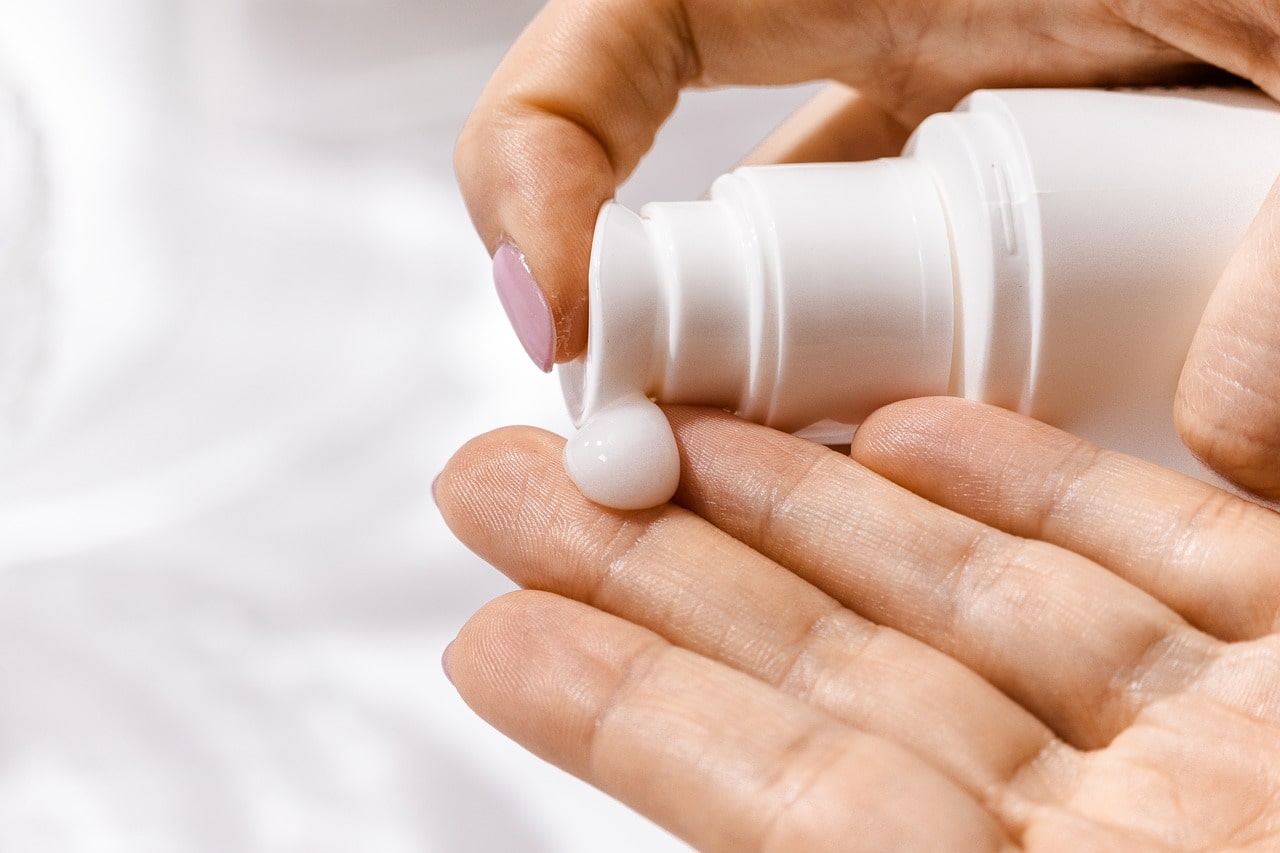
Whichever you choose, remember that your skin’s health is the ultimate prize. So, next time you slather on that sunscreen, know that you’re not just applying a lotion – you’re arming your skin with an invisible shield against the sun’s dazzling yet damaging dance.
Now, let’s talk strategy. Picking the right sunscreen is like choosing armor for battle. Look for the magic words “broad-spectrum” on the label – this ensures protection against both UVA and UVB rays. Aim for an SPF (sun protection factor) of at least 30, as it offers substantial coverage.
And don’t be shy – slather it on generously, reapplying every two hours and after swimming or sweating. It’s not just about a single application; it’s about maintaining that shield throughout your outdoor escapades.
When you slather on that sunscreen, you’re giving your skin more than just protection – you’re granting it a fighting chance against the sun’s potential harm. Remember, it’s not just about today but the years ahead.
So, make sunscreen your trusty sidekick, whether it’s a stroll or a day at the beach. Your skin’s future self will thank you for it.
Conclusion
As the sun sets on our exploration, we find ourselves equipped with knowledge that transcends myths. Whether Vaseline can be used as sunscreen has been dissected and examined under the microscope of science.
While Vaseline boasts its virtues as a skin ally, it falls short of the sun’s formidable challenge. Sunburns, aging, and the specter of skin cancer loom large when inadequate protection is in play. So, as you step into the sunlight, remember the power of dedicated sunscreens – your armor against the sun’s dance of rays.
It’s a world where wisdom and facts shine brighter than misconceptions, and your skin’s health is guarded with intention.
Thank you for reading!
Valeria
